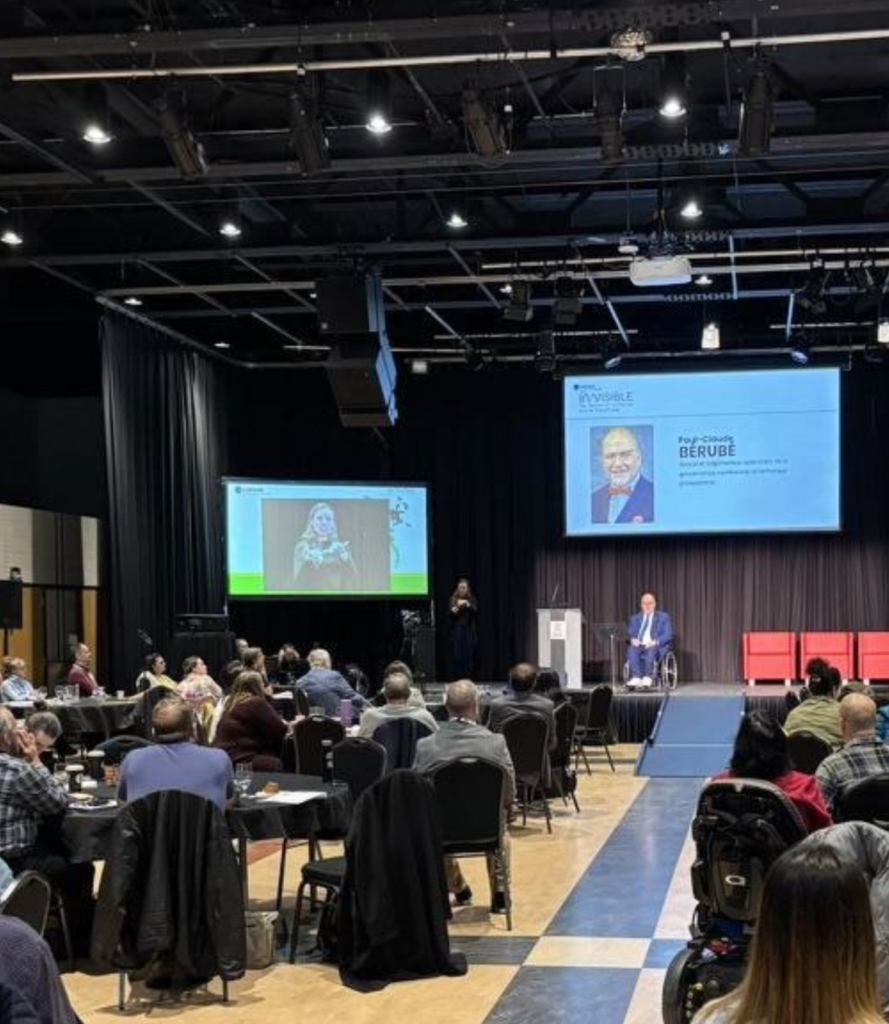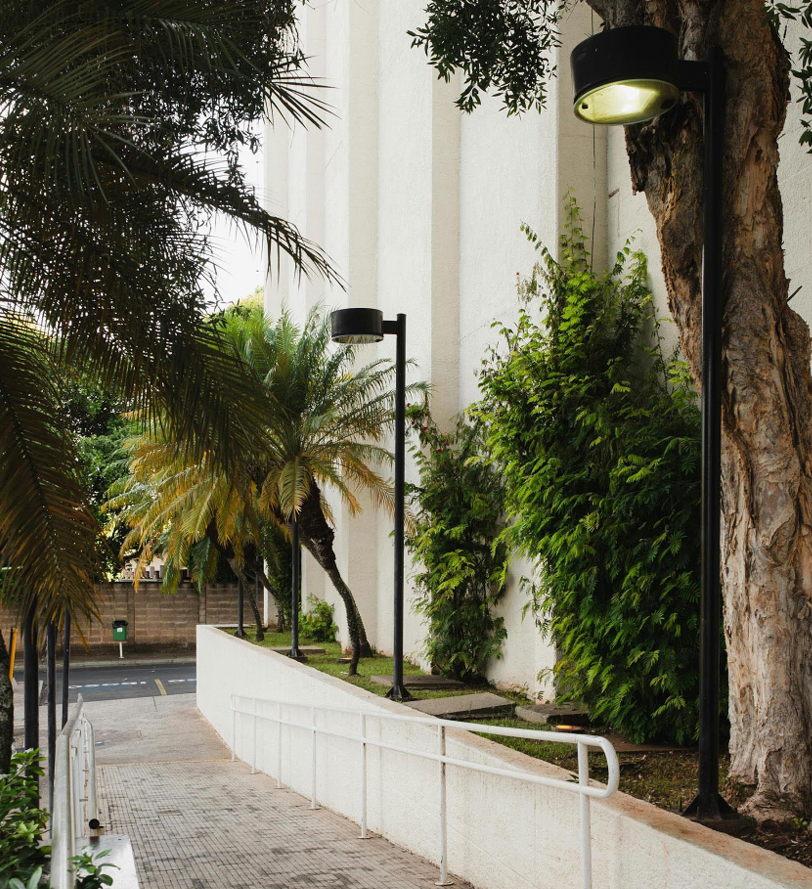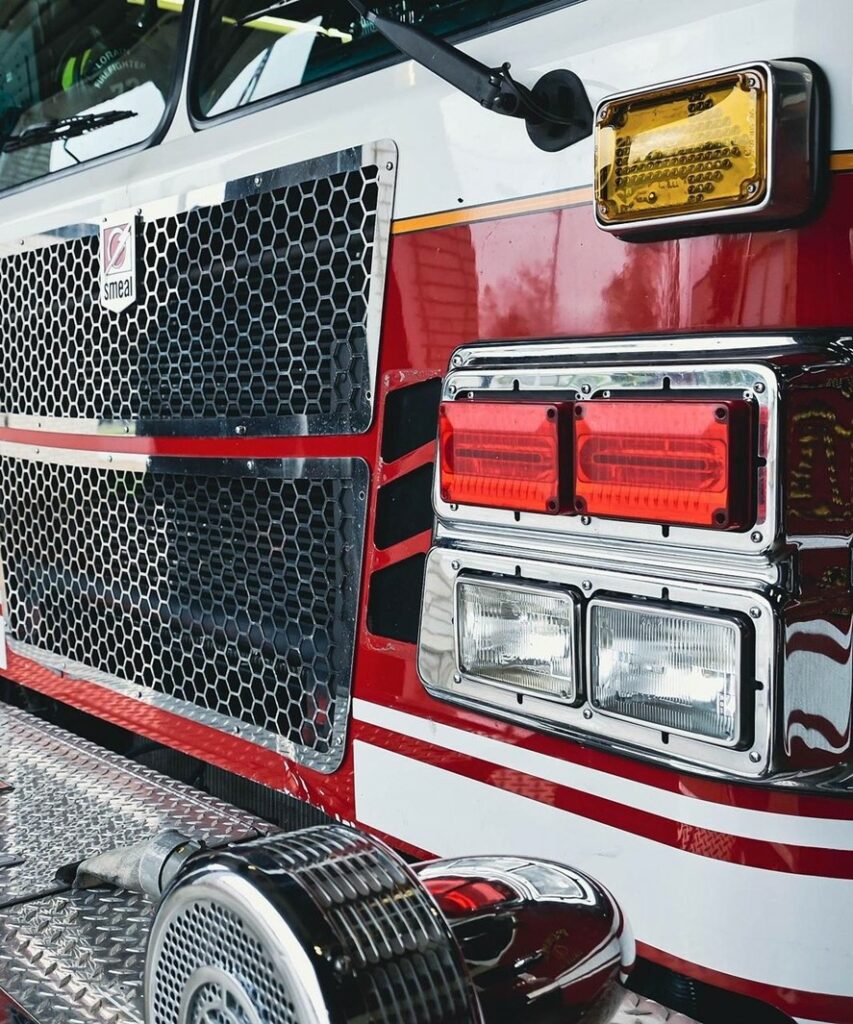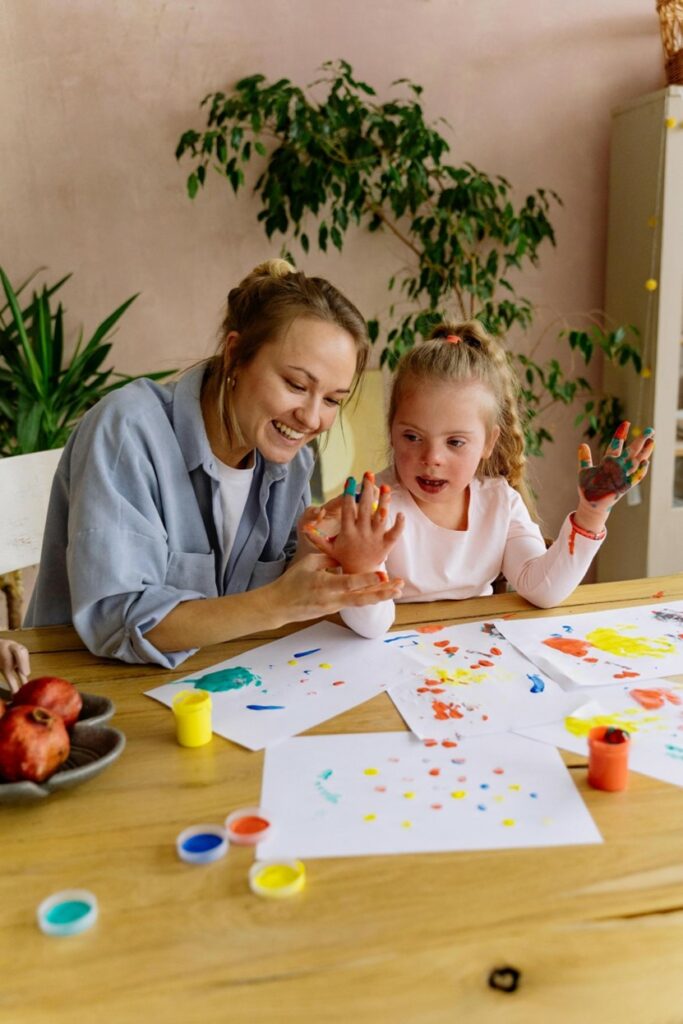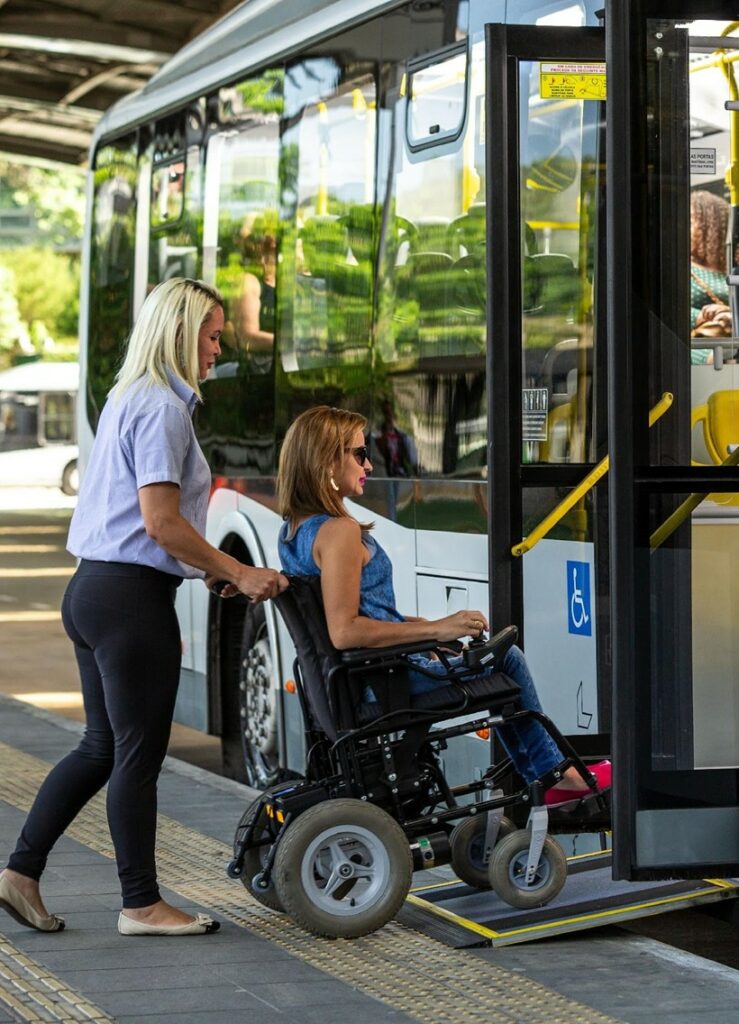
What is an accessible practice in education?
A good accessible practice in the education sector can be approached from different angles. Inclusive education, as defined below, describes the philosophy or paradigm that supports and guides pedagogical practices to make them accessible and effective for all. Differentiated instruction is a set of practices designed to ensure the success or improvement of everyone’s learning, taking into account the diversity of learners in a group. The Universal Design for Learning (UDL) identifies organizational and structural strategies that enable students to fully participate in their learning and academic success.
The practice of education accessibility is based on a moral and professional commitment to the student and their ecosystem. It aims to ensure barrier-free access to learning, activities and locations. These practices take into account the diversity as well as the difficulties and functional limitations of the individuals concerned.
Overview of the situation
The education of students with disabilities presents significant challenges, but has also seen significant progress. In many countries, efforts have been made to integrate these students into mainstream schools, thus promoting inclusion and equal opportunity.
Advances include:
- Legislation and policies: Many countries have adopted laws guaranteeing the right to education for students with disabilities, and providing them with support and guidance.
- Inclusion programs: Specific programs aimed at integrating these students into mainstream classrooms, with the help of specialized teachers and school life assistants.
- Awareness: Increased awareness of disability in schools helps reduce stereotypes and foster acceptance of differences.
Challenges include:
-
Limited resources:
Many institutions lack the resources needed to meet the specific needs of students with disabilities, including teacher training and adapted equipment.
-
Teacher training:
Not all teachers are trained to manage the diversity of disabilities, which can lead to inequalities in student support.
-
Stigma and isolation:
Despite inclusion efforts, some students may still feel stigmatized or find themselves isolated in the classroom.
-
Accessibility:
Physical accessibility of institutions remains an issue in some regions, limiting some students’ access to education.
In Québec, the state of education for students with disabilities can be summed up by the following key statistics and initiatives1:
-
Prevalence:
About 12% of students in the Québec school system are identified as having a disability or special needs, according to data from the Ministère de l’Éducation.
-
Types of disabilities:
The most common disabilities include learning disabilities, mental health disorders and physical disabilities.
-
Support:
In 2020, nearly 30% of schools in Québec had specialized classes in place to accommodate students with special needs.
-
Resources:
The Government of Québec has invested millions of dollars to improve access to adapted resources, including school-based support programs.
-
Integration rate:
About 85% of students with disabilities attend regular classes, although the quality of inclusion varies considerably from school to school.
-
Teacher training:
Although training programs are available, a significant proportion of teachers report that they do not feel adequately prepared to meet the needs of students with disabilities.
These figures illustrate the progress made and the challenges that remain in ensuring fair and inclusive education for all students in Québec.
Références
-
Article 24: According to the UN Convention on the Rights of Persons with Disabilities10, every child has the right to thrive and reach their full potential in a healthy environment free from discrimination.
-
E-20.1: Act to secure handicapped persons in the exercise of their rights with a view to achieving social, school and workplace integration.11
-
AuCoin, A. and Vienneau, R. (2010) Inclusion scolaire et dénormalisation. In N. Rousseau (ed.), La pédagogie de l’inclusion scolaire – Pistes d’action pour apprendre tous ensemble (pp. 63–86). Québec City: Presses de l’Université du Québec.
-
Beaucher, V. and Jutras, F. (2007) Comparative study of metasynthesis and qualitative meta-analysis. Qualitative research, 27(2), 58–77.
-
The Office des personnes handicapées du Québec (OPHQ) produced the guide Mieux connaître les élèves handicapés ou en difficulté d’adaptation ou d’apprentissage : portrait annuel (published 2023), which includes statistics on school attendance, student graduation and qualifications.
International references on best practices in inclusive schools:
-
UNESCO, Guidelines for Inclusion: Ensuring Access to Education for All. Read the report here.
-
OECD, Report: Students with Disabilities, Learning Difficulties and Disadvantages: Policies and Practices. Read the report here. World Bank, Inclusive Education: A Global Review. Read the report here.
Other resources in organizations:
-
Récit: A network focused on developing student skills through the integration of technology.
-
Titre de liste
AQEPA: The Association du Québec pour enfants avec problèmes auditifs (AQEPA) is a network of regional associations of families, young adults living with deafness, and allies, supported by a provincial association.
-
Réflexion sur le financement et l’organisation des services aux élèves HDAA : vers un nouveau chantier – Survey results, November 2020 (2nd version).12
Fact sheet prepared in collaboration with Sergeline Isidore (MBDE), with feedback from Lucie Nault (ReQIS).
Notes en bas de page :
- Ministère de l’Éducation du Québec: Their official website regularly publishes reports and statistics on students with disabilities. / Institut de la statistique du Québec (ISQ): This organization provides statistical data on various aspects of education, including studies on students with special needs / Commission des droits de la personne et des droits de la jeunesse (CDPDJ): The Commission publishes reports on the rights of persons with disabilities and on access to education.
- Definition of inclusive education
- Global Education Monitoring Report, 2020: Inclusion and education: all means all
- Global Education Monitoring Report, 2020: Inclusion and education: all means all
- I-13.3 – Education Act
- Upcoming changes to professional services for special needs students:
https://www.fppe.ca/grands-dossiers/services-aux-eleves-a-besoins-particuliers/ - Dénouer les enjeux liés à la relation école-famille, un nœud à la fois [Untangling school-family issues, one knot at a time]
- School transportation – Transports et Mobilité durable Québec
- Paratransit – Transports et Mobilité durable Québec
- Convention on the Rights of Persons with Disabilities | OHCHR
- E-20.1 – Act to ensure the exercise of the rights of persons with disabilities with a view to their academic, professional and social integration
- Réflexion sur le financement et l’organisation des services aux élèves HDAA : vers un nouveau chantier


